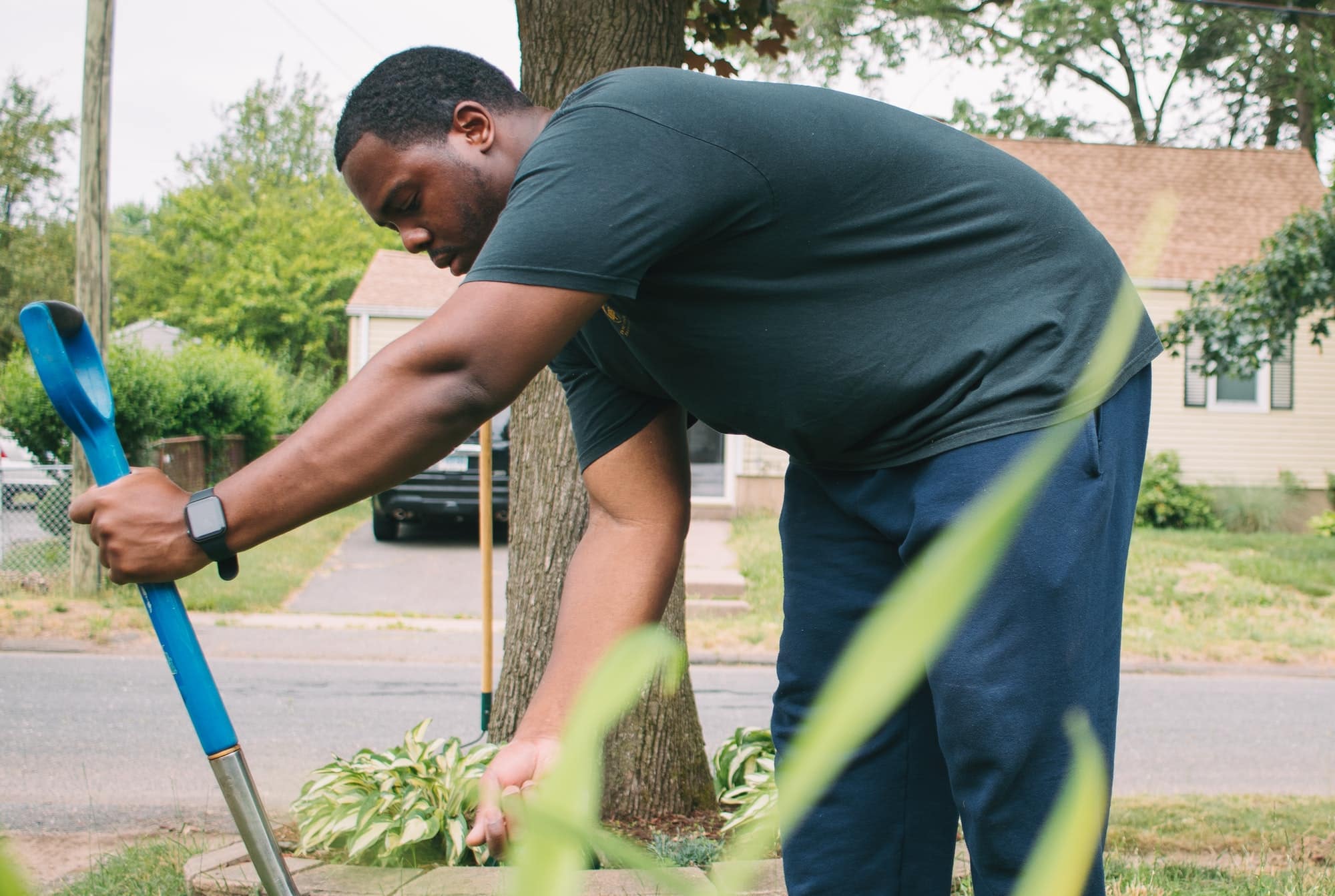Excitement About Hilton Head Landscapes
Excitement About Hilton Head Landscapes
Blog Article
The Best Strategy To Use For Hilton Head Landscapes
Table of ContentsThe Hilton Head Landscapes IdeasWhat Does Hilton Head Landscapes Do?Indicators on Hilton Head Landscapes You Should KnowHow Hilton Head Landscapes can Save You Time, Stress, and Money.Facts About Hilton Head Landscapes UncoveredSome Known Questions About Hilton Head Landscapes.Not known Details About Hilton Head Landscapes
Line develops all kinds and patterns and can be used in a range of means in the landscape. Line in the landscape is produced by the edge in between two products, the synopsis or silhouette of a type, or a lengthy direct feature. Lines are an effective tool for the developer due to the fact that they can be made use of to develop a limitless selection of forms and forms, and they regulate motion of the eye and the body.

Lines can have one or even more attributes, such as those explained below, but they typically offer different purposes. Number 1. Lines in the landscape - landscapers in bluffton sc. The homes of lines figure out exactly how people react to the landscape, both mentally and physically. Straight lines are architectural and forceful; they develop an official character, are generally related to a symmetrical style, and lead the eye straight to a focal factor.
More About Hilton Head Landscapes
Bent lines develop a casual, all-natural, loosened up character that is associated much more with nature and asymmetrical balance. Curved lines move the eye at a slower rate and include mystery to the space by creating hidden sights.
Upright lines in the landscape include tall, slim plant product, such as trees, or high frameworks, such as an arbor or a bird residence on a pole. Horizontal lines relocate the eye along the ground aircraft and can make an area feel bigger. Reduced lines are a lot more restrained and develop a sensation of rest or repose.
The Best Strategy To Use For Hilton Head Landscapes
Low lines are produced by low yard walls, pathways, and brief hedges. Lines are used to attract forms on a strategy. In plan sight, they define plant beds and hardscape areas. Lines are additionally created by the vertical forms of developed features and plant material. There are three main line types that develop kind in the landscape: bedlines, hardscape lines, and plant lines.
Bedlines attach plant material to the residence and hardscape because the eye complies with the line, moving the look with the landscape. Hardscape lines are produced by the side of the hardscape, which marks the built framework. Line can additionally be created by long and slim products, such as a fencing or wall.
Fascination About Hilton Head Landscapes
Kind is found in both hardscape and plants, and it is usually the leading aesthetic aspect that spatially organizes the landscape and commonly establishes the design of the yard. The type of structures, plant beds, and garden ornaments likewise identifies the general type style of the garden. Formal, geometric types consist of circles, squares, and polygons.
Plants develop form in the yard through their outlines or silhouettes, however type can likewise be specified by a space or adverse room between plants - Landscaping bluffton sc (https://h1tnhdlndscps.creator-spring.com). Circles can be cycles, or they can be split into fifty percent circles or circle sections and integrated with lines to create arcs and tangents
How Hilton Head Landscapes can Save You Time, Stress, and Money.
Circles are a strong style form since the eye is constantly attracted to the center, which can be utilized to stress a focal factor or connect various other kinds. Circular forms in hardscape and lawn panels.
The square form can additionally be segmented and secondhand repetitively to produce a grid pattern. Unlike circles, squares are more powerful on the brink, which can be lined up or overlapped to produce one-of-a-kind patterns and even more complex forms. Polygons are many-sided types with straight sides. Triangles, as an example, are three-sided polygons.
Twisting lines frequently simulate the natural program of rivers or streams and can be referred to as smooth lines with deeply bent wavinesses. Twisting lines (Number 3) function well for paths, plant bedlines, and dry stream beds. Twisting lines can include interest and secret to a garden by leading customers around edges to uncover brand-new sights and rooms.
Not known Factual Statements About Hilton Head Landscapes

Number 5. Fragmented sides: tipping stones in pathway. Kind is one of the most long-lasting quality of a plant (landscapers in bluffton sc). https://h1tnhdlndscps.bandcamp.com/album/hilton-head-landscapes. Typical plant types are well established and standardized, as kind is one of the most constant and identifiable feature of plants. Form can also be created through the massing of plants, where the total mass develops a various type than an individual plant.
An extremely different type must be utilized with careone or two work well as a prime focus, but way too many wreak havoc. Natural plant kinds, rather than over-trimmed kinds, ought to develop the bulk of the make-up. The significance of total type is more or much less based on the watching perspectivethe form you could look here of a tree can show up quite different to a person standing under the cover versus viewing the tree from a range in an open field.
The 10-Minute Rule for Hilton Head Landscapes
Plant forms likewise produce and specify deep space or open rooms in between the plants, creating either convex or concave types in the gaps. High-arching tree branches generally produce a concave open area under the branches, and a round canopy with low branches fills up the area to produce a convex type outdoors room under the tree.

Report this page